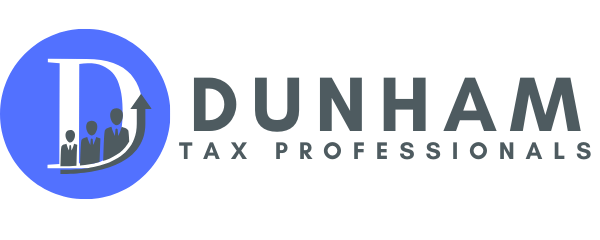
How to Use QuickBooks for Bookkeeping: A Step-by-Step Guide
QuickBooks is a powerful tool that simplifies the bookkeeping process for small businesses. Whether you’re new to QuickBooks or looking to refine your skills, this step-by-step guide will help you set up your account, manage your finances, and streamline your bookkeeping tasks.
Setting Up Your QuickBooks Account:
- Create an Account:
- Visit the QuickBooks website and sign up for an account. Choose the plan that best suits your business needs.
- Example: A freelancer might opt for the Self-Employed plan, while a small business with employees may choose the Plus plan.
- Set Up Your Company Profile:
- Enter your business information, including name, address, industry, and tax ID.
- Example: A retail store owner inputs their store’s name, address, and EIN into QuickBooks.
- Customize Your Settings:
- Configure settings for invoicing, sales tax, expense categories, and payment methods to match your business operations.
- Example: A service-based business customizes its invoice template to include payment terms and due dates.
Managing Your Finances with QuickBooks:
- Connect Your Bank Accounts:
- Link your business bank accounts and credit cards to QuickBooks to automatically download transactions.
- Example: A consulting firm connects its checking and savings accounts to QuickBooks for seamless transaction tracking.
- Record Transactions:
- Categorize and record transactions, such as income from sales and expenses for supplies, to maintain accurate financial records.
- Example: A cafe owner records daily sales and categorizes expenses for coffee beans and equipment maintenance.
- Create and Send Invoices:
- Generate professional invoices for your customers, track payments, and send reminders for overdue invoices.
- Example: A graphic designer creates an invoice for a completed project and emails it to the client through QuickBooks.
- Track Expenses:
- Use QuickBooks to monitor and categorize business expenses, ensuring you capture all deductible expenses.
- Example: A contractor records expenses for travel, tools, and subcontractor payments.
Generating Financial Reports:
- Profit and Loss Statement:
- Generate a profit and loss statement to see your business’s income, expenses, and net profit over a specific period.
- Example: A bakery owner reviews the profit and loss statement for the last quarter to assess profitability.
- Balance Sheet:
- Create a balance sheet to view your business’s assets, liabilities, and equity at a specific point in time.
- Example: A tech startup generates a balance sheet to present to potential investors.
- Cash Flow Statement:
- Monitor your cash flow with a cash flow statement, showing how cash enters and leaves your business.
- Example: A boutique owner uses the cash flow statement to manage seasonal cash flow fluctuations.
Using QuickBooks for bookkeeping can save time, reduce errors, and provide valuable insights into your business’s financial health. By following this guide to set up and manage your QuickBooks account, you can streamline your bookkeeping processes and focus on growing your business.

